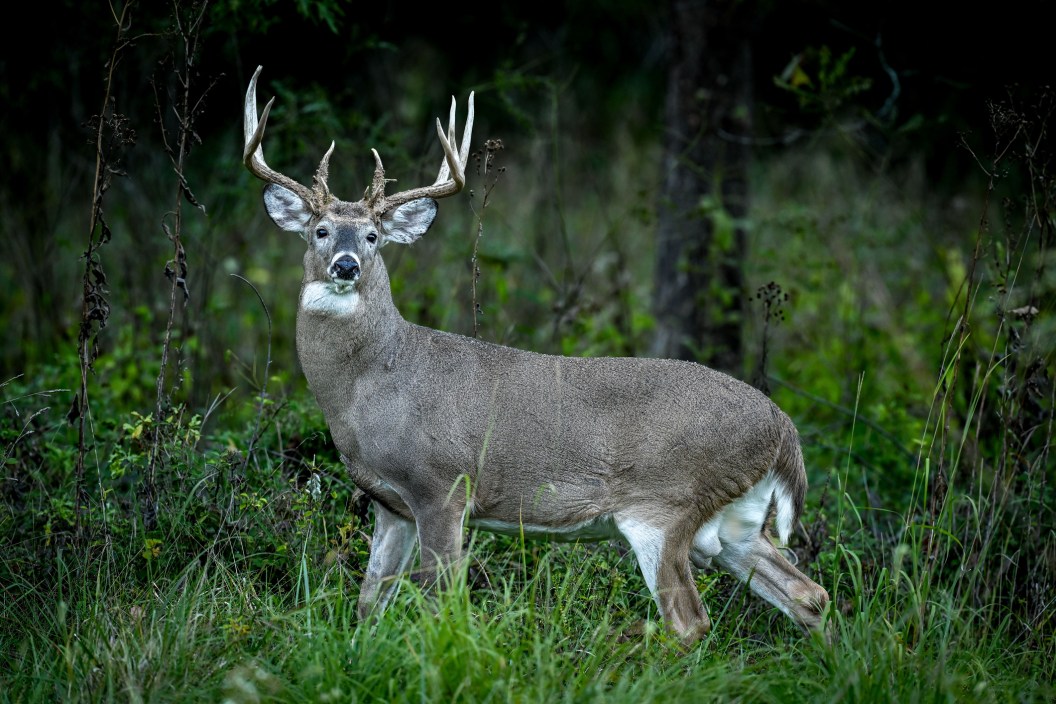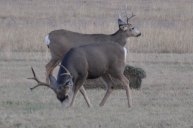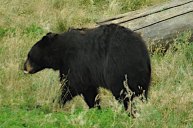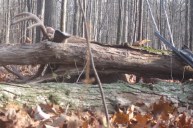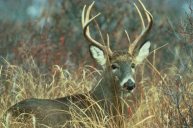Deer hunters hope for the quickest, most lethal shot when they pull the trigger on a whitetail deer. Most hunters know the basics of whitetail deer anatomy—but for a clean kill, the details matter.
A couple of inches too high or too low could mean the difference between recovering a deer close to where it was hit and tracking a blood trail hundreds of yards into the woods.
Shot placement is important, whether bowhunting, rifle hunting, or whatever other method a hunter chooses. Good equipment, such as sharp broadheads, does make a difference—but even more important is shot placement.
Knowing where the vital organs are under different circumstances—such as broadside, quartering to, or quartering away—will determine the aiming point for deer hunters. It's more than just aiming at the chest cavity. Understanding the finer points of whitetail anatomy will help hunters know where to shoot a deer. This breakdown will help hunters determine the best shot placement for whatever situation they find themselves in.
Broadside
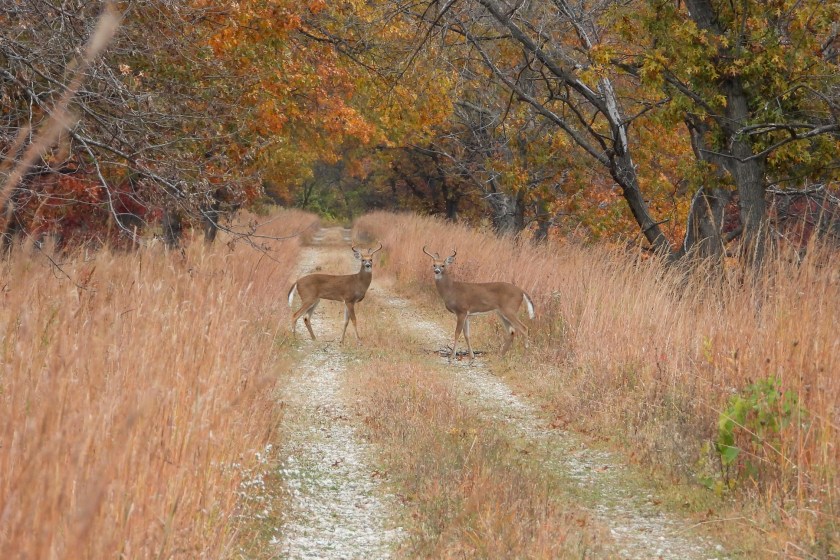
Getty, Brian Woolmen
In most cases, a deer offering a broadside shot provides the highest chance of making a clean, ethical kill. That's because it provides a target area with the highest margin of error, meaning the shot has a tolerable degree of deviation from the bull's-eye and can still offer the lethal hit that hunters strive for.
When a deer's body is broadside, it offers a wide-open view of the vitals and a good chance for a double-lung shot, the most coveted of shot placements. When a deer stands broadside, the heart and lung area are unprotected. Because of that, there's also the potential of a heart shot.
Whether you make a lung shot or a heart shot, either will cause massive hemorrhaging, and the deer will not go far. That goes for rifle hunters and archery hunters alike. However, that's if you make a shot that hits the deer's vitals completely.
Deer (especially mature deer) have been known to travel several hundred yards if a single lung is merely clipped. If that deer still maintains breathing with 1½ lungs, you'll be surprised how far it can run. Wounded deer find an astonishingly robust amount of fight in them to run very far. That's why it's important to hit and deflate one if not both lungs in one shot. That's why precise shot placement is so important.
Quartering Away and To
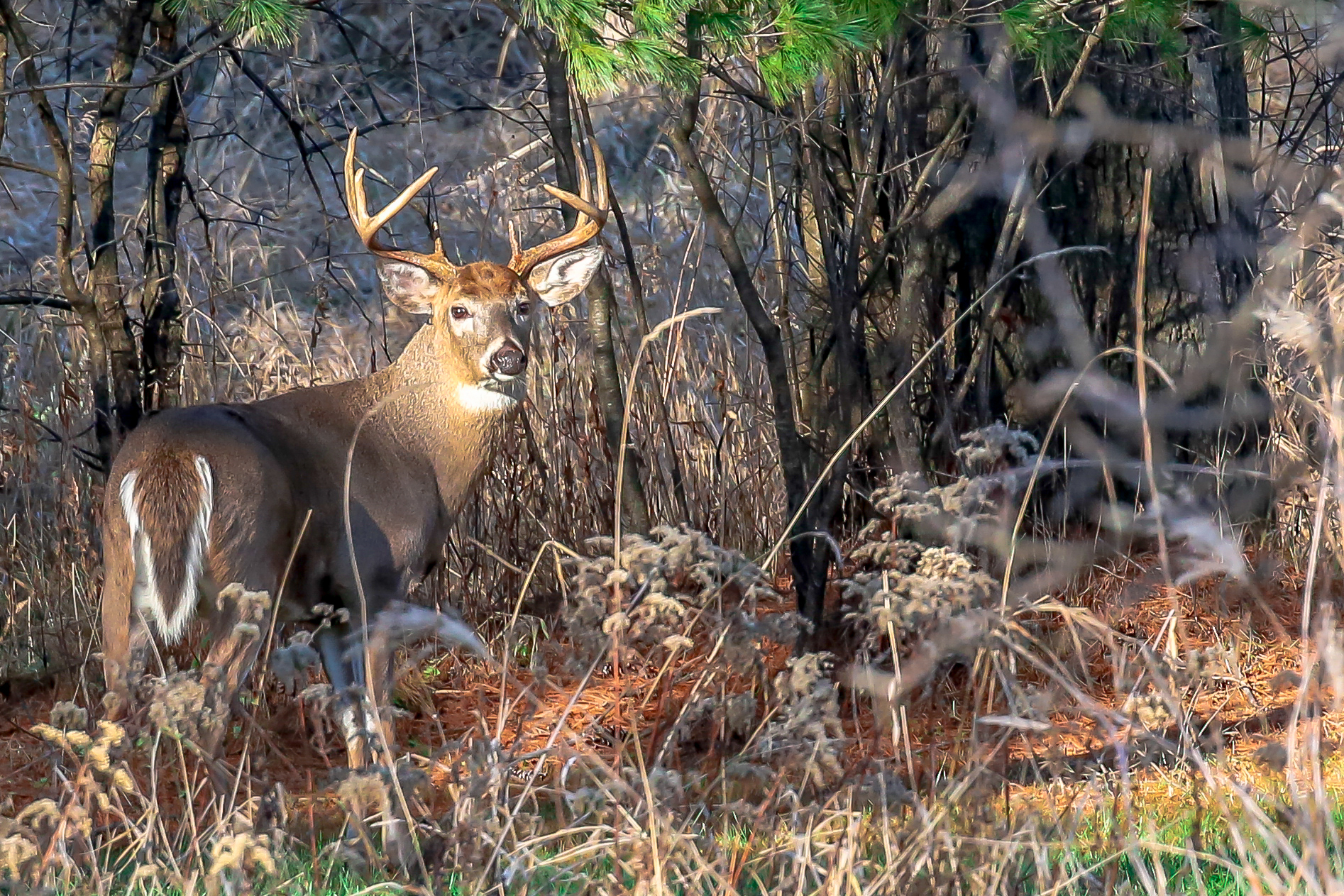
Often, a deer will present by quartering away or quartering to, meaning they are positioned slightly away in either direction. It can be difficult to decipher the correct aiming point when a deer offers a quartering-away shot or quartering-to shot. Misinterpreting this positioning can result in a gut shot or an otherwise wounded deer. When the deer is quartering away, a hunter needs to get enough penetration to sever the liver and/or a lung, too. Sometimes, that is the only shot that is offered by the animal, and it can add a lot of room for error, especially with a bow.
Often, these shots end up slicing through the gut, and the result is a deer running for a long time and likely not ever keeling over. It all depends on how drastically the deer is quartering to or away.
If you haven't practiced these shot angles (and done so from a treestand, if that's how you hunt), then you'll want to become a better shot first before possibly just wounding an animal.
Practice with a 3D deer target angling away or to, and work on penetrating vitals and nothing else.
Shoulder Blade
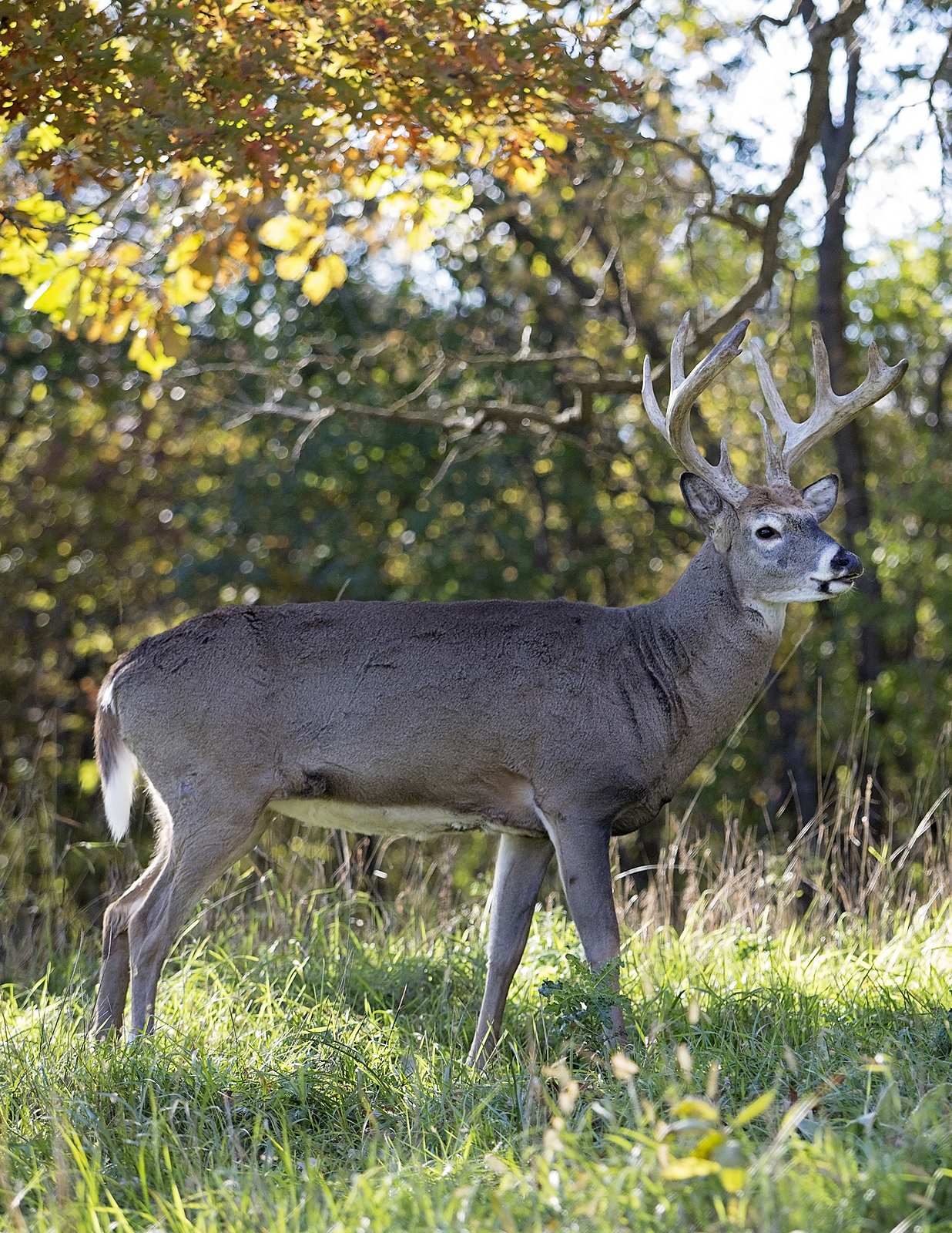
The shoulder is perhaps best at stealing a lot of joy away from hunters who think they've made a nice shot. Whether with a gun or a bow, a shot that hits the shoulder blade and therefore misses vital organs typically means there's a good chance the deer will survive.
Obviously, the right rifle and caliber combination it will penetrate through the blade, but a bow or smaller-caliber gun can lead to a ricochet or stop the penetration altogether.
The shoulder bones are tough, so the best shot is when the deer's front legs are forward, exposing the deer's vitals. In the photo above, the deer has just taken a step with its front right leg, clearing the way for the vitals by shifting the shoulder blade forward. That's the optimal shot. If you were to reverse the legs, and imagine the buck just stepped with its front left leg, the shoulder blade would be partially covering the vitals, giving you less room to work with.
The vital area on a deer compared with the rest of its body is ultimately a tiny target. That's why it's important to practice often and build confidence in a variety of shots, well before hunting season begins. Use this general explainer to help decide on the shots you take, and the ones you don't.
NEXT: 10 Youtube Channels All Hunters Should Watch
